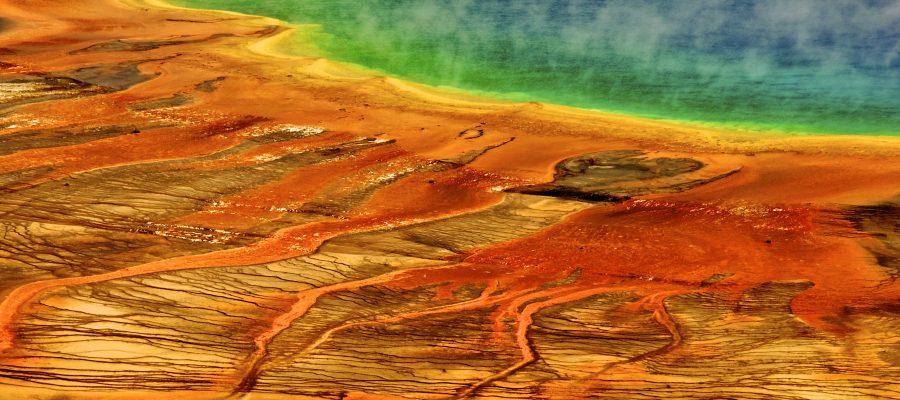Our Names, Our Words
A name is the most important part of a child’s identity. It makes sense to spend classroom time focusing on names and there are a number of creative ways we can do this. But not all names work well with some activities and if that’s the case, the activity is inappropriate. One approach is to make a class name display that can also be used as a classroom resource. All names are equally usable and children can play with the letters of everyone’s names to make new words each day.
‘Our Names, Our words’ Poster
Level and age: All levels, Primary
Material needed: A large piece of paper or card for the poster, smaller pieces of card, scissors, colored paper (old magazines work well), glue, pencils, sticky putty
Preparation: Make the poster base. Draw a line to divide the card into two, top and bottom. Write a title: ‘Our names, Our words’.
Time: 30 minutes
- Cut the remaining card into equal size squares (3 cm x 3 cm).
- Give each child some coloured paper, a scissors, glue and 1 card square for each letter of their name.
- Children write the letters of their name on pieces of colored paper.
- They cut out the letters and stick them onto pieces of card.
- Ask each child to hold up their letters and to spell out their name: E.g. This is me. K-A-T-H.
- Children stick their letters to spell their names on the top half of the poster using sticky putty.
- Using random letters from the top of the poster, show children how they can use the letters to write new words in the bottom of the poster. Play a guessing game, building up a word letter by letter and asking the children to guess which word you are writing.
The poster can be used as a classroom resource; for word games, spelling quizzes or just free play. Children will see that by joining together the letters of all their names, they have lots of letters to use creatively again and again.
Reflection task
- Were you able to complete the poster activity without any problems? If you had any problems, how did you deal with them?
- Did all the children enjoy making the poster?
- Have you used the poster as a classroom resource? If so, what did you do?
- Will you use the poster as a classroom resource? Why (not)?
- If you did this activity again, what would you do differently?
If you try out this activity with your class, we’d love to hear how it went. Please let us know in the comments section below!
Author: Katherine Bilsborough
Katherine has been creating ELT materials for 30 years, for her own students and for some of the top ELT Publishers. She has written more than 30 course books and many online courses. . Katherine also writes monthly lesson plans for the British Council/BBC website teachingenglish.org.uk and blog posts for National Geographic Learning’s In Focus blog. She is the author of ‘How to write Primary materials’, a training course for ELT writers and is the Joint Events Coordinator for IATEFL’s MaWSIG (Materials Writers’ special interest group). Katherine is a co-author of Look, a seven-level primary series from National Geographic Learning.


